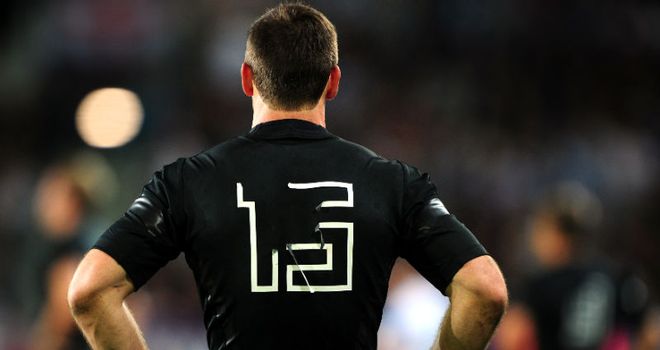When I read the Help a few months ago, I was pleasantly surprised. The book was written from the perspectives of several women from Jackson, Mississippi set against the backdrop of the American Civil Rights movement, when talking about racial inequalities in a "separate yet equal" society could lead to violent repercussions.
So when I saw that (perhaps unsurprisingly) a movie version had been made, starring the always incredible Emma Stone and featuring such luminous legends as Sissy Spacek, Allison Janney and the hypnotically intense powerhouse that is Viola Davis, I felt the need to go see it.
So when I saw that (perhaps unsurprisingly) a movie version had been made, starring the always incredible Emma Stone and featuring such luminous legends as Sissy Spacek, Allison Janney and the hypnotically intense powerhouse that is Viola Davis, I felt the need to go see it.
Two hallmarks of a film as "worthy" as this are that the characters have to be (pardon the pun) pretty black and white morally and that length is seen as a virtue. At around two and a half hours, I knew going in that as much of the book would be crammed in as possible. Yet I was still a bit surprised to see some of the alterations to the story, especially in relation to Skeeter (Stone) and the story of her housemaid. Luckily, the story of Aibileen is kept pretty much as in the book, and Davis portrays the house maid as a woman of solid dignity despite the humiliations she is forced to endure.
Unfortunately, the movie aims to recreate scenes from the book rather than imbuing any characters with actual life - well, besides the ones the talented cast brings with them. Dallas Bryce Howard obviously relishes her role as Queen B!tch Hilly, and the aforementioned actresses all do amazing work to bring some depth to what are fairly stereotyped characters. In the book, the characters were a little greyer (not a huge amount, to be sure), but those blemishes are completely bleached out for the big screen, probably to make it even easier to know who the goodies and the baddies are meant to be. Skeeter's budding romance is almost pointless (as are all the male characters, really) and the other friends in the Hilly/Skeeter circle are merely beehive hairdos in the 1960s background.
Removing any development of actual relationships between the characters makes it easier to tell the events, but they are (as mentioned) robbed of a lot of emotion - well, unless you are the hyper talkative, overly emotional (to my way of thinking) women sitting besides me who found every stubbed toe and grazed knee a scene of profound sorrow worthy of loud lamentation and self flagellation.
In a way, it is kind of a teenage high school film, almost a Bring It On without the pompoms, or Heathers with fewer homicides (less humour, less style, less resonance... and a lacking a lot of other things too - I love Heathers). There is the in crowd and the out crowd, with Hilly the super cow who leads the popular girls, and Skeeter the fringe-dwelling (yet cool) rebellious one who reaches out to the less popular/less well off ones (Aibileen) and bring them into their own.
There are a few other story threads in there as well, but they work a bit better in the book where they are given a bit more room to grow. So really, there is nothing new on celluloid in The Help. But even with that lack of inspiration, the casting of this film is absolutely incredible, and that alone makes the admission price worthwhile.
Verdict: The Help takes a good book and makes an uninspired film. The saving grace is the cast, milking every stereotype for what its worth, and lighting up the screen with amazing individual performances with only the dark voids in between them to show how flat the story really is. 6 housemaids tales out of 10.











